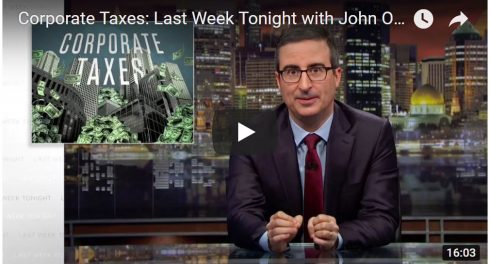
Photo: Unsplash
Contributor: Open Society Foundations
National governments expend from 2 to 8 percent of gross domestic product (GDP) and 2 to 30 percent of central government expenditure (CGE) on the military sector – with  the global average hovering at 11 percent of CGE since 2002.45 The IMF has found that higher levels of military spending (as a percentage of GDP or CGE) correlate positively with corruption, and higher levels of weapons procurement correlate most markedly with corruption.
the global average hovering at 11 percent of CGE since 2002.45 The IMF has found that higher levels of military spending (as a percentage of GDP or CGE) correlate positively with corruption, and higher levels of weapons procurement correlate most markedly with corruption.
Access to reliable and relevant data on military expenditure can not only help expose and deter corruption, but also allows scholars and the public to assess and seek to influence a government’s priorities and track changes in the relative level of military expenditure over time, which may indicate how a particular state views its security threats. For instance, rapid increases in military expenditure over a short period of time may be a warning sign of imminent internal or external conflict.
During the Cold War, governments on both sides accommodated some transparency in military spending without apparently compromising their security. Since the end of the East-West divide, the international community has sought to increase openness in the security sector in all regions of the globe in order to build internal and international trust. Even in the area of intelligence budgeting, the part of the security sector that remains most firmly in the dark, several governments have increased openness in recent years without any harm to their national security as a result.


